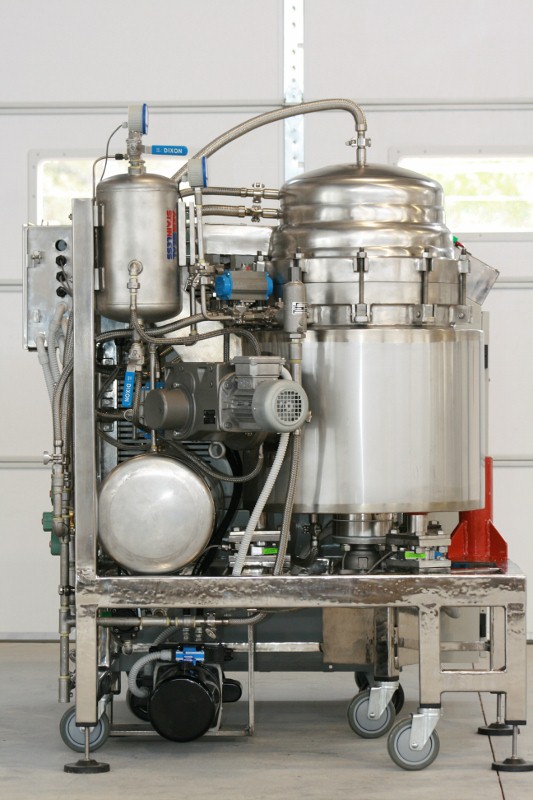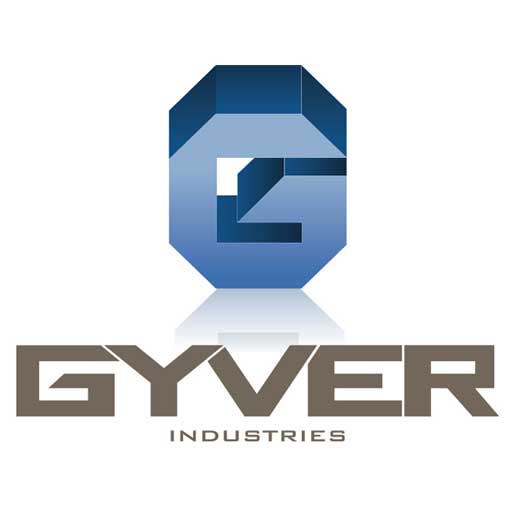Prions are among the blood pathogens present in animal laboratory and learning center settings. Prions start as healthy PrP proteins responsible for long-term memory and bone marrow renewal, but become altered by an infectious process. These blood pathogens cause a variety of diseases in humans and other mammals, including the following:
- Creutzfeldt-Jakob Disease, a degenerative neurological disorder in humans
- Bovine Spongiform Encephalopathy, also known as “mad cow disease”
- Kuru, a degenerative neurological disorder in humans
- Gerstmann-Straussler-Scheinker Disease, a rare neurodegenerative disease in humans
- Fatal Familial Insomnia, a very rare disease of the brain
- Scrapie, a degenerative disease that affects the nervous system of sheep and goats
- Chronic Wasting Disease, found in antlered herds
These diseases, which cause brain damage and eventually death, are recognized for having long incubation periods, but rapid progression once symptoms (including convulsions, dementia, and behavioral changes) appear. Unfortunately, all known prion diseases are untreatable.
These pathogens are transmitted through acquired, familial, or sporadic means, and it is important for animal laboratory and learning center professionals to eliminate their spread.
Gyver’s Renatus D animal waste digesters™ offer a proven method for destroying prions with a system that is capable of accurately and consistently reaching 302 degrees Fahrenheit (150 degrees Celsius), pressure over 58.02 psi (400 kPa), and contact with a pH of 11 for a period of three hours BEFORE the dehydration process begins. In Level 2, Level 3, and Level 4 lab environments, these conditions sterilize the material and destroy all blood pathogens. With incineration, it is impossible to prove prion contact with a temperature elevated for proper destruction, so prions could be released into the environment; the venting solutions we employ contribute to the removal of prions and other hazardous blood pathogens, so they do not get released into the air.
Because of our laboratory background, we understand the importance of destruction, environmental protection, and worker safety related to pathogens in a system that takes into consideration the scientific needs of the lab. We also have extensive mechanical experience that comes into play when we build the right system for each unique environment. (Please read “Gyver Industries: Integrating Science and Mechanics for Optimal Installations” for more information about our background and skills.)
The key to an efficient, practical, cost-effective installation is getting us involved in the planning stage of your lab. We work with you and other professionals to determine potential blood pathogens and other scientific needs of your lab.
If you’re ready to take the next step, call (970) 568-4220, or send an e-mail to gyversboss@gyverindustries.com for more information.
Meanwhile, we invite you to visit our products page to find out about our full line of animal waste digesters.
Prions are among the blood pathogens present in animal laboratory and learning center settings. Prions start as healthy PrP proteins responsible for long-term memory and bone marrow renewal, but become altered by an infectious process. These blood pathogens cause a variety of diseases in humans and other mammals, including the following:
- Creutzfeldt-Jakob Disease, a degenerative neurological disorder in humans
- Bovine Spongiform Encephalopathy, also known as “mad cow disease”
- Kuru, a degenerative neurological disorder in humans
- Gerstmann-Straussler-Scheinker Disease, a rare neurodegenerative disease in humans
- Fatal Familial Insomnia, a very rare disease of the brain
- Scrapie, a degenerative disease that affects the nervous system of sheep and goats
- Chronic Wasting Disease, found in antlered herds
These diseases, which cause brain damage and eventually death, are recognized for having long incubation periods, but rapid progression once symptoms (including convulsions, dementia, and behavioral changes) appear. Unfortunately, all known prion diseases are untreatable.
These pathogens are transmitted through acquired, familial, or sporadic means, and it is important for animal laboratory and learning center professionals to eliminate their spread.
Gyver’s Renatus D animal waste digesters™ offer a proven method for destroying prions with a system that is capable of accurately and consistently reaching 302 degrees Fahrenheit (150 degrees Celsius), pressure over 58.02 psi (400 kPa), and contact with a pH of 11 for a period of three hours BEFORE the dehydration process begins. In Level 2, Level 3, and Level 4 lab environments, these conditions sterilize the material and destroy all blood pathogens. With incineration, it is impossible to prove prion contact with a temperature elevated for proper destruction, so prions could be released into the environment; the venting solutions we employ contribute to the removal of prions and other hazardous blood pathogens, so they do not get released into the air.
Because of our laboratory background, we understand the importance of destruction, environmental protection, and worker safety related to pathogens in a system that takes into consideration the scientific needs of the lab. We also have extensive mechanical experience that comes into play when we build the right system for each unique environment. (Please read “Gyver Industries: Integrating Science and Mechanics for Optimal Installations” for more information about our background and skills.)
The key to an efficient, practical, cost-effective installation is getting us involved in the planning stage of your lab. We work with you and other professionals to determine potential blood pathogens and other scientific needs of your lab.
If you’re ready to take the next step, call (970) 568-4220, or send an e-mail to gyversboss@gyverindustries.com for more information.
Meanwhile, we invite you to visit our products page to find out about our full line of animal waste digesters.


